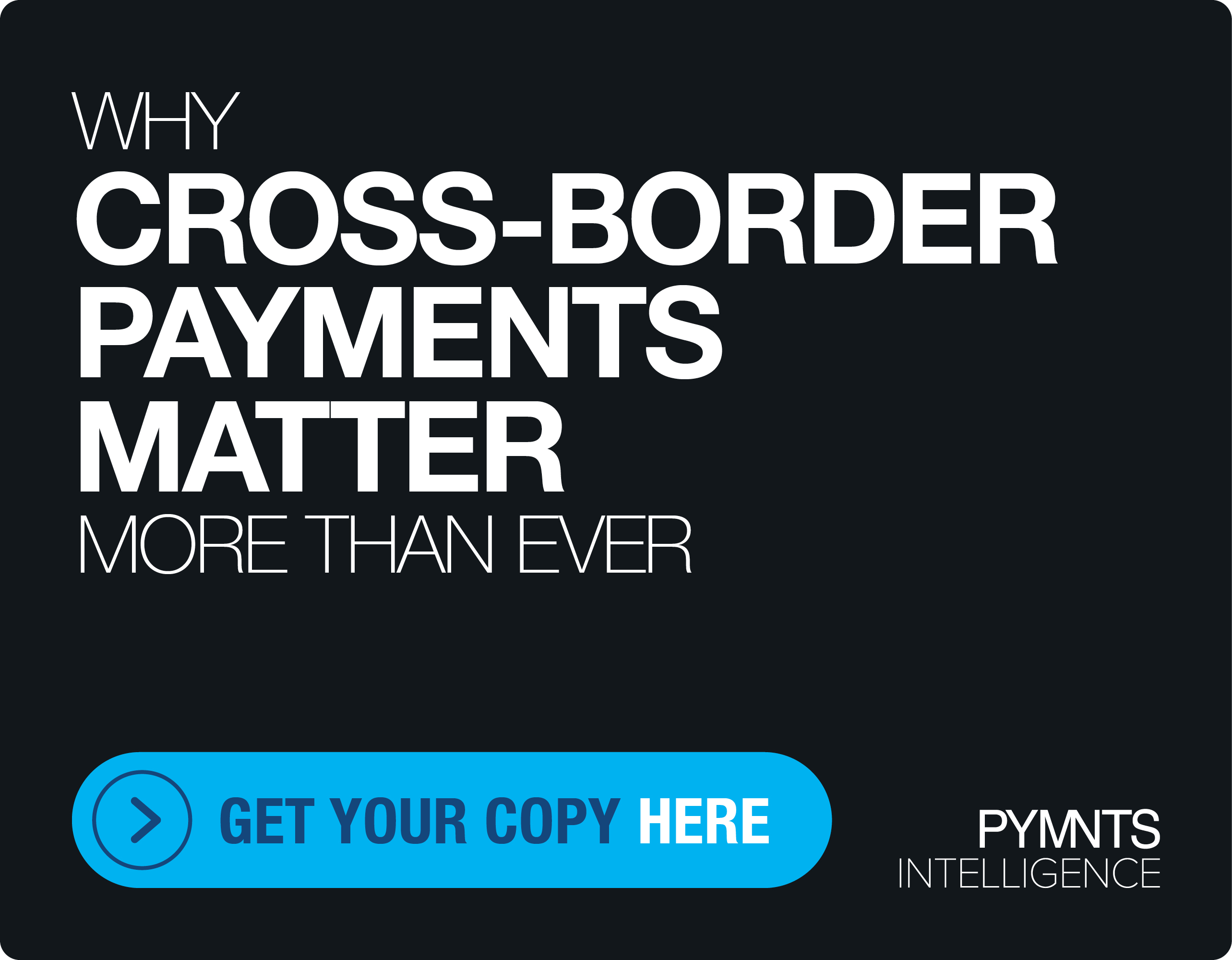Higher Ed Moves To Front Of Class, Gov’ts Make Honor Roll In Great Digital Bill Pay Shift
The digital transformation currently underway across industries has not only changed the way we pay but has transformed the way we interact with companies when the bill arrives for goods sent or services rendered.
ACI Worldwide Executive Vice President, Biller Segment Sanjay Gupta told PYMNTS the very act of paying bills is undergoing a rapid and seismic transformation. At a high level, there’s been an increasing and accelerated adoption of digital channels to manage payments of all types.
Against that backdrop, ACI’s own biller segment grew 9 percent in the last quarter, making it the company’s fastest-growing segment.
The trend toward digital bill presentment and bill payment can be placed into several buckets that are proving to be tailwinds toward the adoption of faster digital options.
The Uber/Amazon Effect
First, user experience is at the center of innovation. The billers themselves must examine how they serve their customers — consumers, policyholders and students — to meet them where they want to pay and enable them to use the payment methods of their choosing, Gupta said.
Amazon and Uber, along with other companies and platforms, have changed the payments experience itself, he said. End users have become very demanding vis-a-vis the payments experience — specifically, consumers expect a broad range of payment choices and options.
Mobile First
A second area that billers are increasingly leveraging is mobile bill payment. As mobile use has skyrocketed in the past year, consumers are more comfortable transacting on their phones.
The use of mobile wallets has grown by more than 50 percent over the past several months, indicating a growing comfort level with paying bills online on both billers’ websites and mobile apps, he said.
The Rise Of Real-Time Payments
The growth of real-time payments is a third area that will likely keep transforming bill presentment and payment, he said. In the U.S., real-time payments have been “taking off” relatively quickly in the peer-to-peer (P2P) space, although disbursements remain, as an early use case, strong, too. Gupta noted that as much as 30 percent of disbursements are still handled by paper checks.
In the U.K. and India, we are seeing use cases evolve beyond the P2P landscape. Gupta pointed to initiatives in the U.S. where ACI is working with Zelle and The Clearing House (through pilots) to test consumer-to-business payments as P2P has created the expectation for faster bill payments and disbursements. Even crypto is on the radar as crypto exchanges and any number of FinTechs are trying to facilitate consumer spending — and paying bills is part of that spending.
Security
As more digital payments take place, security remains top of mind as bill payments move increasingly to the digital realm, he said. Firms must be careful about how they handle information as well as how they educate consumers about how that data is being used.
Some Verticals Lead
“There are different flavors of digitization and innovation that are taking place across different industry verticals,” Gupta said.
Consumer payments — tied to mortgages, auto loans, credit cards and the like — are seeing increased use of alternative payments, including Apple Pay, Google Pay and others.
The utilities vertical is having a surge of mobile payment innovation.
“The ability to present your bill on a mobile phone and interact with that consumer — it could be just notifications about when your bill is due, what’s changed, maybe you have a question about it, and then there’s ability to make a payment,” he told PYMNTS. “We’re actually seeing a lot of innovation and advancement in the utility vertical in that space.”
The great digital shift for utilities will take time, at least for the larger players as they might think of payments transformation in the context of larger overhauls of their legacy tech systems, he said.
“If I had to give a medal for mobile presentment and interaction, it would be for consumer finance,” Gupta said. “Buy now, pay later (BNPL) and installments represent a tech-enabled way to give consumers the choice and flexibility they want.”
Perhaps surprisingly, Gupta contended that there is a lot of innovation tied to billing for government services, whether at the state or local level. Various efforts to create and accept digital driver IDs are being tied to bill payments.
As has been the case with utilities, the pace of innovation as governments modernize bill payments depends on the pace at which they overhaul their other back-end (and customer-facing) systems.
In higher education, streamlining bill payments by connecting them to student IDs — or even passports — has been a way to remove friction from the process. Gupta said that being able to make partial payments through the semester (think of it as a form of an installment plan or akin even to BNPL) is an improvement over slow, paper-based processes.
